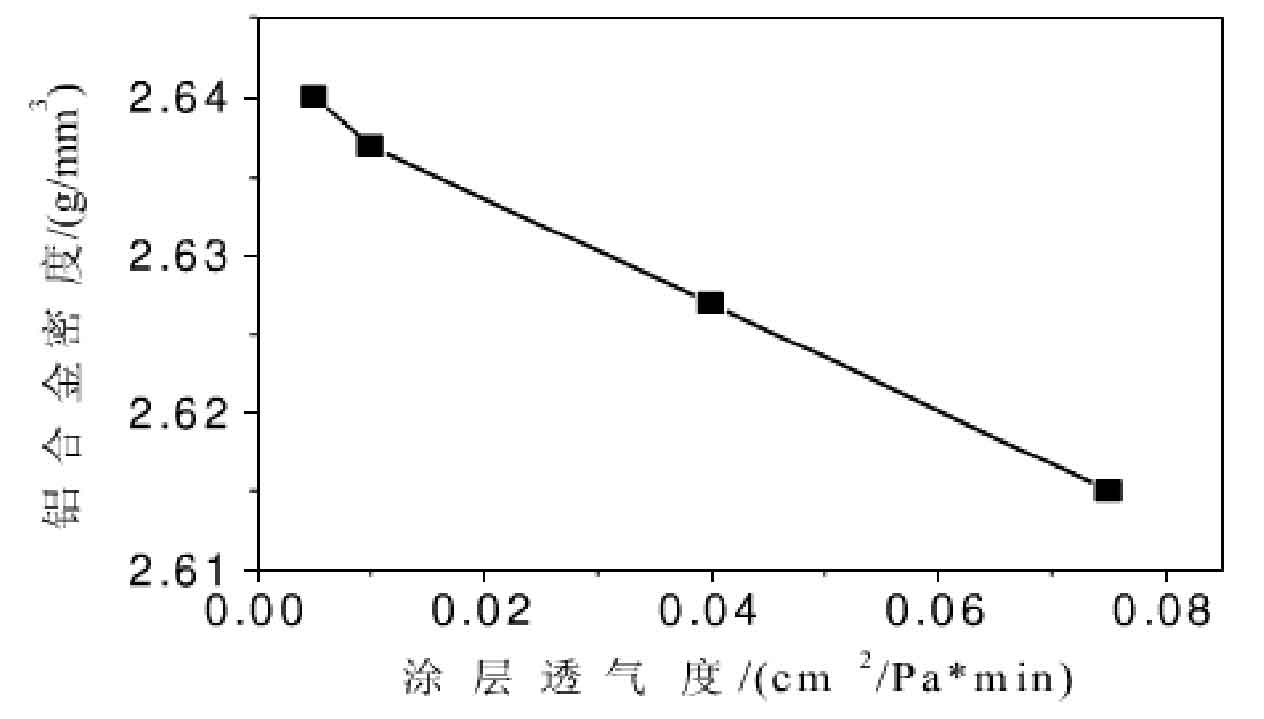It can be seen from the figure that China’s lost foam casting began in 1990. Compared with foreign countries, China’s lost foam casting production is relatively late. The figure below shows the change of China’s lost foam casting production from the initial stage of lost foam casting production to the mature stage. Since 2000, China’s lost foam casting production has reached a leap growth, and by 2007, The output of lost foam casting in China has reached the highest in the world. Although China is now a large country in the production of lost foam casting, we are only ahead in quantity. In the field of casting quality and lost foam casting technology, China is still immature, and the gap with developed countries is still relatively large. Moreover, China’s lost foam castings are mainly used in the production of steel castings and iron castings, which belong to ferrous metals. Compared with the developed countries in Europe and America, their achievements in aluminum alloy lost foam casting are difficult for us to catch up. The reason why China has little investment in the production of aluminum alloy lost foam casting is that China can not well control the quality of aluminum alloy lost foam casting, and pinhole and shrinkage cavity defects often appear in the production process. At present, our research on aluminum alloy lost foam casting can not solve this problem well. Moreover, we are not only difficult to control the pinhole defects in the production process of aluminum alloy lost foam castings, but also immature in the research on the auxiliary materials needed in the casting process, such as adhesives and coatings. China is not only backward in the production of aluminum alloy lost foam castings, but also not very good in the production of low carbon steel lost foam castings. Also for these reasons, it is difficult for China’s aluminum alloy lost foam castings and low carbon steel castings to achieve certain economic benefits, which also restricts their development in China.
In the 20th century, scholars in China began to study the properties of aluminum alloy casting coating, especially the vanishing of the leopard pattern, which was the representative of aluminum alloy casting coating in the 1990s. We know that the pouring temperature of aluminum alloy has an important impact on the quality of castings in the process of lost foam casting. Therefore, Wu Guohua studied the formation of aluminum alloy pinholes. In order to reduce the pinholes in castings, it is necessary to improve the vacuum degree. In recent years, the research results of aluminum alloy lost foam casting are very significant, but there are no breakthroughs in some key technologies, and there is still a certain gap with the international advanced level. Moreover, the basic research on materials and coatings of foam patterns in China is relatively few.
Compared with the research on lost foam casting technology of aluminum alloy, remarkable achievements have been made in the research of magnesium alloy in China. In the process of research on lost foam casting of AZ91 magnesium alloy, Professor Liu Zili studied the influence of several process parameters on the heat transfer characteristics. The process parameters included pouring temperature of metal liquid, vacuum negative pressure and thickness of foam pattern. It is found that the negative pressure vacuum degree has the greatest influence on the filling and solidification process of magnesium alloy.
At present, in the research of lost foam casting technology at home and abroad, the main research castings are aluminum alloy and magnesium alloy. However, there will be some unsolvable problems in the process of lost foam casting, such as oxidation and combustion of magnesium alloy, hydrogen absorption in lost foam casting of aluminum alloy, etc. There are also problems in the research process of foaming mold, adhesive and coating that have not been solved.


